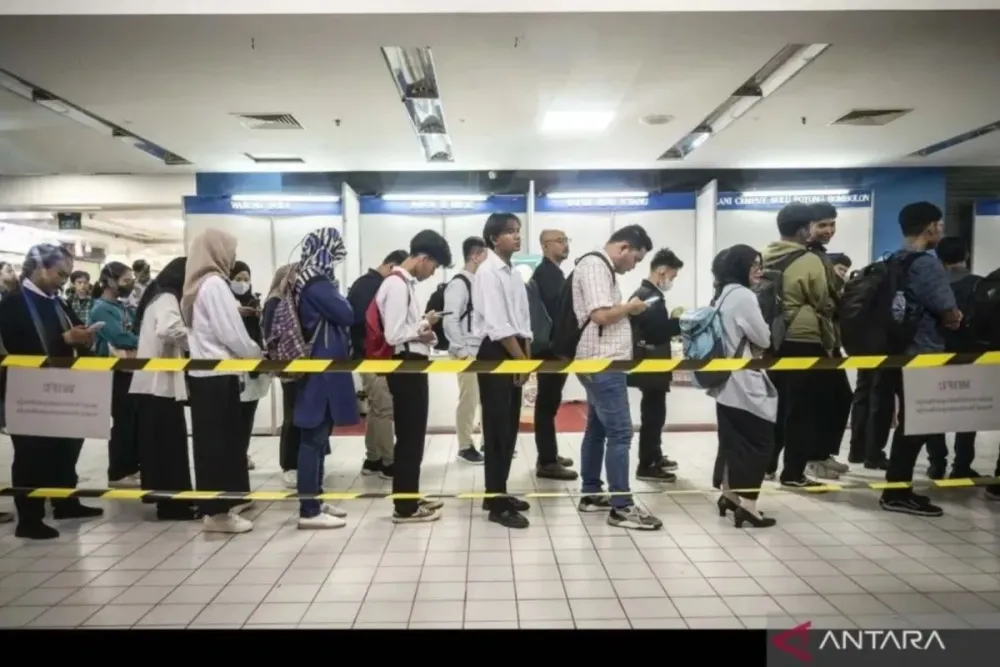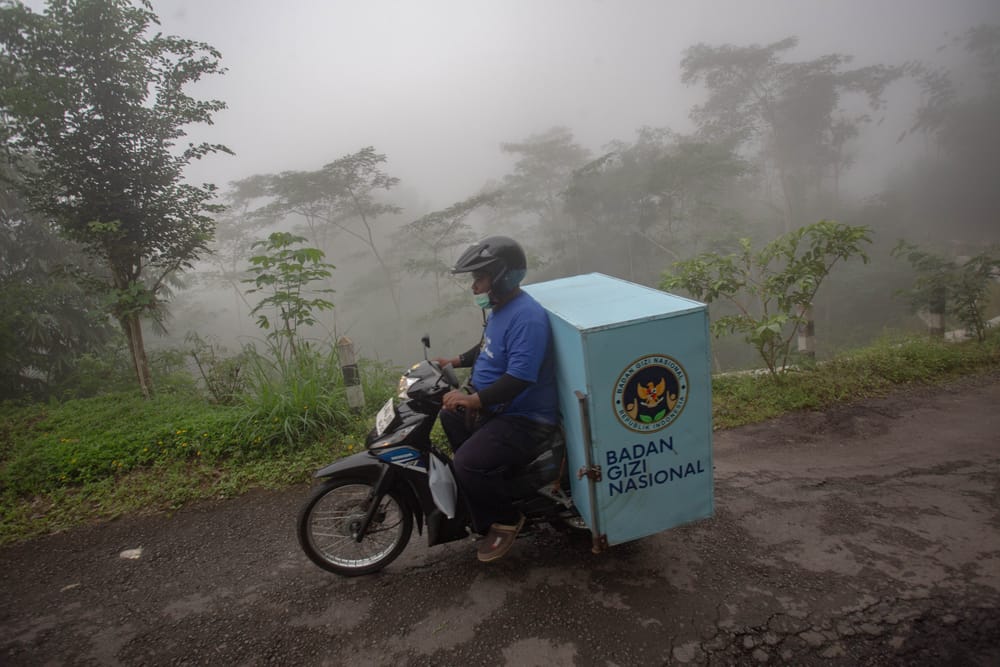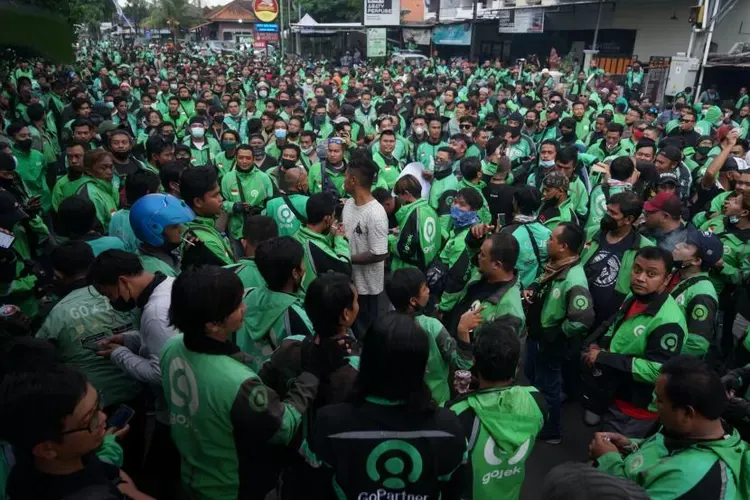In the first quarter of 2025, the pressure on Indonesia's industrial sector was intense. As of April, the Ministry of Manpower (Kemenaker) recorded that the number of layoffs in Indonesia had reached 24,036 cases.
This figure shows a significant increase compared to the previous year. Throughout 2024, a total of 77,965 layoff cases were recorded, up from 64,855 cases in 2023. "It has reached more than a third of last year's total. Year-on-year it is indeed increasing," said Minister of Labor Yassierli.
When viewed from a regional perspective, there are three provinces that recorded the highest number of layoffs. Namely, Central Java (10,692 cases), DKI Jakarta (4,649 cases), and Riau (3,546 cases).
In terms of sectors, the manufacturing industry contributed the largest number of layoff cases with 16,801 cases. Followed by the wholesale and retail trade sector (3,622 cases), other services (2,012 cases), transportation and warehousing (1,670 cases), and construction (1,135 cases).
SOS labor-intensive sector
Chairperson of the Indonesian Employers Association (Apindo) Shinta Widjaja Kamdani assessed that the surge in layoffs is a sign that investment is increasingly shifting from labor-intensive to capital-intensive sectors. "Investment is increasing, but labor absorption is much less than in the past," she said.
Shinta added that external factors also worsened the situation. Global uncertainty and trade tariff policies, such as the Trump Tariff, have hit export-oriented industries. Especially the textile and textile products (TPT) industry, which is centered in Central Java. "If orders are diverted to other countries, the impact is clear on the workforce in Indonesia," she said.
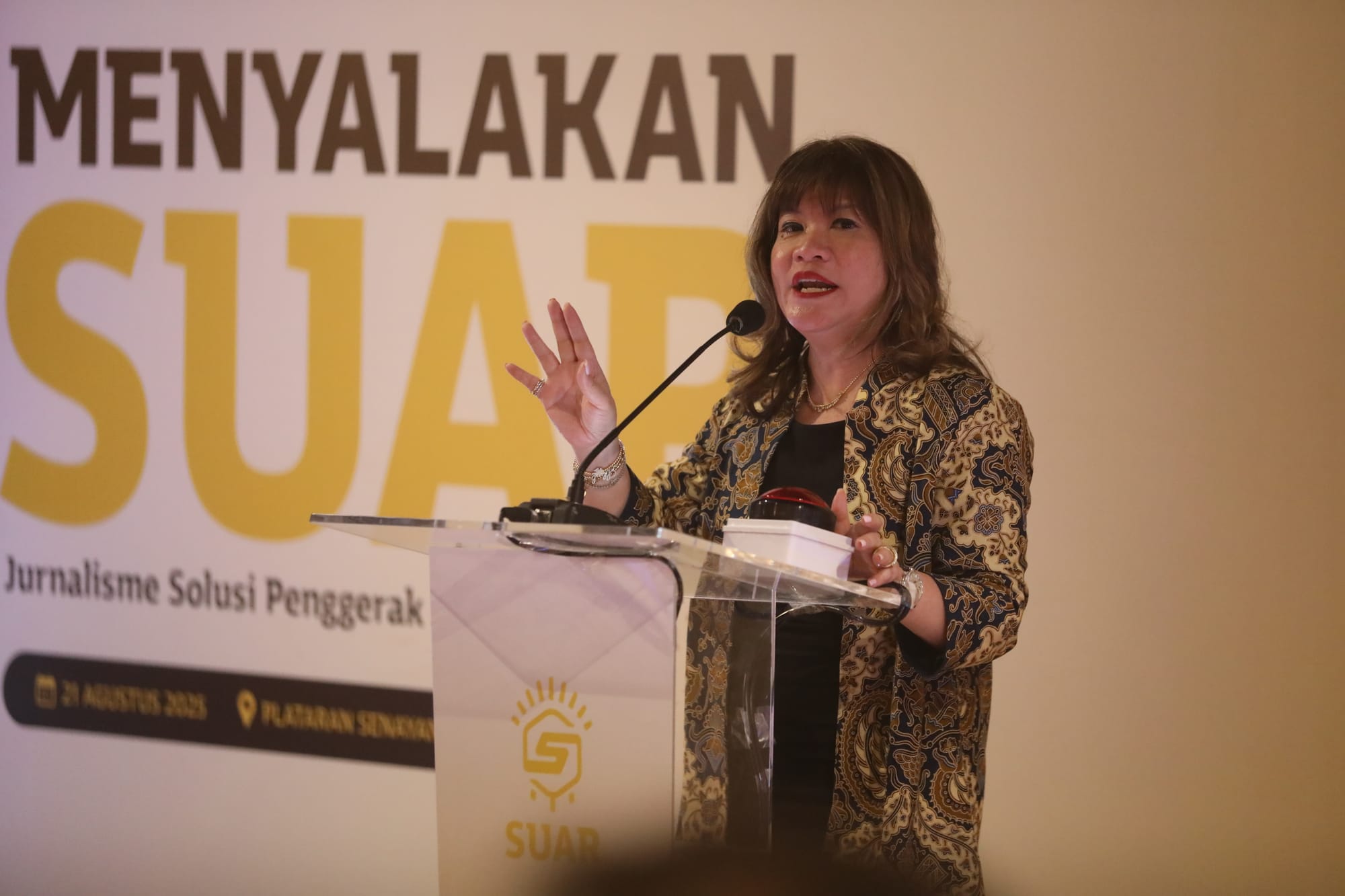
He has also reminded the government to provide fiscal stimulus, including tax incentives, for labor-intensive industries. This is because the labor-intensive sector is currently the most affected by global economic turmoil due to tariff wars and geopolitical conflicts.
"Currently, our labor-intensive industries are very depressed. So, we do have requests for some fiscal incentives," said Shinta.
Currently, from Apindo's findings, many companies have to choose between maintaining operations or maintaining the workforce. Labor-intensive sectors such as textiles, garments, and manufacturing face a tough dilemma. They must remain competitive in the global market with high efficiency.
Attacked from all cardinal directions
Apindo's survey of 357 companies showed that 65% laid off workers due to declining demand, 43.4% due to rising production costs, 33.2% due to minimum wage regulations, 21.4% due to pressure from imported products, and 20.9% due to automation. A total of 67.1% of companies stated that they would not make new investments in the next year.
Mass layoffs in labor-intensive industries are mainly triggered by a combination of external and internal factors. External factors include a decline in global and domestic market purchasing power, an increasing number of cheap imported products flooding the local market, and geopolitical uncertainty and trade protectionism (including US import tariffs).

Internal factors include the weakening competitiveness of local industries, difficulties in accessing raw materials that lead to high production costs, and government policies that are considered less favorable to domestic industries.
Hence, the push for operational transformation, including automation, is inevitable. However, this must be accompanied by areskilling strategy.
In addition, there is also a need to encourage investment as a long-term solution to job creation. Therefore, the government needs to be more proactive in attracting labor-intensive foreign investment (PMA) and domestic investment (PMDN).
Rescue program begins to roll out
The government has actually started to initiate an incentive policy to protect labor-intensive industries. Where, this policy was formulated since the beginning of 2025 and began to be implemented in the middle of the year.
These include the implementation of Minister of Finance Regulation (PMK) No. 16/2020 and the government-borne Income Tax Article 21 (ITA 21) incentive for workers in labor-intensive sectors based on PMK 10/2025. This ITA 21 DTP scheme is also extended to the hotel, restaurant, and cafe (horeka) sector.
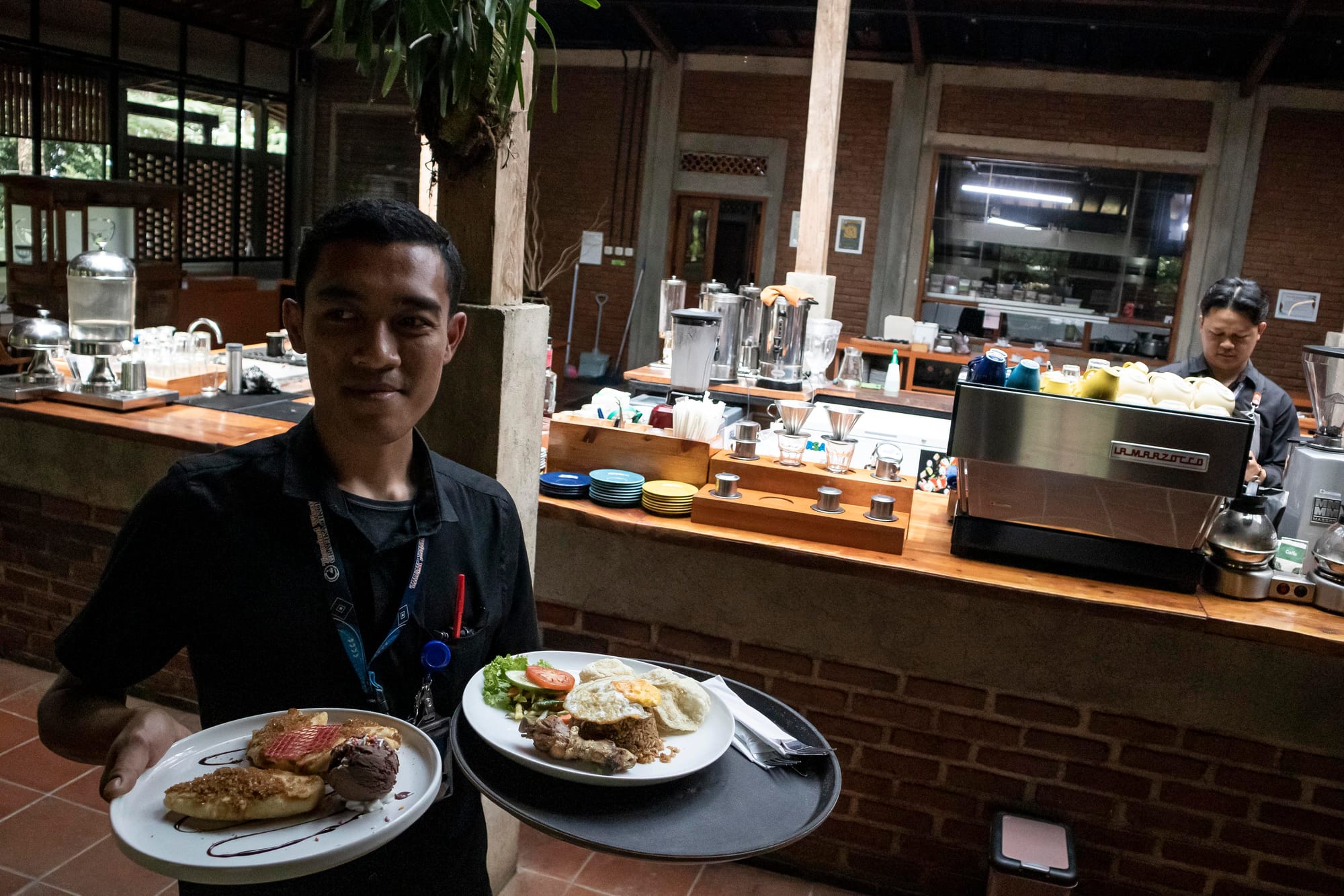
In addition, there is also a guarantee of occupational accident risk. This is regulated in PP 7/2025 concerning Adjustment of Work Accident Insurance Contributions for Certain Labor-intensive Industrial Companies in 2025.
The impact of this tax incentive is expected to prevent employees from layoffs, because companies in the labor-intensive sector can encourage efficiency and improve welfare.
Labor-intensive company incentives will include various tax allowance facilities and financing assistance. Taxpayers who invest in certain labor-intensive industries can obtain income tax facilities in the form of a net income reduction of 60% of the amount of investment in tangible fixed assets, including land.
The net income deduction is granted for six years from the start of production, or 10% per year. All fixed assets counted in the deduction must be used for the main business activities stated in the business license.
The government also made a policy on investment credit financing in the form of credit subsidies for the revitalization of industrial machinery for labor-intensive industries. The total budget prepared for this financing support is worth a total of IDR 20 trillion.
The Labor Intensive Industrial Credit (KIPK) program is provided for loan ceilings above Rp 500 million to Rp 10 billion, and has a lower interest rate/margin than commercial loans. The loan term is also flexible, ranging from 5 years to 8 years.
Then, there is assistance for work accident insurance contributions at BPJS Ketenagakerjaan by 50%. This policy has been regulated in PP 7/2025 concerning Adjustment of Work Accident Insurance Contributions for Certain Labor Intensive Industrial Companies in 2025.
Most recently, the government injected IDR 3.5 trillion for cash for work programs in the Ministry of Public Works (PU) and the Ministry of Transportation (Kemenhub). The economic package policy will be allocated for the payment of daily wages for thecash for work program for the Ministry of Public Works and the Ministry of Transportation (Kemenhub).
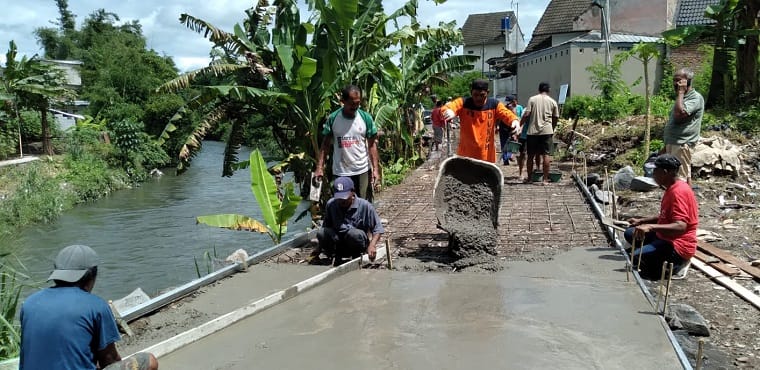
Beneficiaries are estimated to reach 609,465 people, based on the benefit amount for the September-December 2025 project daily wage. This stimulus package is part of the Prabowo Subianto administration's economic package called the 8+4+5 economic stimulus package. In detail, there are 8 acceleration programs in 2025, 4 programs in 2026, and 5 programs related to employment.
The government is not only refreshing exports to the traditional market, the United States, but also negotiating tariffs to open access for Indonesia's labor-intensive industries. Currently, the Donald Trump administration imposes a 19% tariff on imported goods from Indonesia.
In addition, there has been finalization of an agreement with the European Union, or the Indonesia-European Union Comprehensive Economic Partnership Agreement (IEU CEPA), which will increase market access to Europe for exports of labor-intensive products - such as textile, footwear, and furniture.
Program progress until socialization
According to Deputy I of the Coordinating Ministry for Economic Affairs Ferry Irawan, several incentives are currently in the socialization stage. For example, KIPK is still in the socialization stage in industrial centers such as West Java and Central Java. Ferry said that the legal basis is complete through Permenko, Permenperin, and PMK on interest subsidies.
He admits that it will take time for this scheme to become as familiar as KUR, which has been running for more than ten years.
Ferry also highlighted the importance of cross-ministerial coordination so that policies do not run partially. He mentioned that the Coordinating Ministry for Economic Affairs coordinates the Minister of Finance, Minister of Investment, KKP, Ministry of Agriculture, and other technical ministries in one forum. The acceleration team ensures that programs are regularly evaluated and obstacles in the field are immediately resolved.
To answer criticism related to the effectiveness of incentives, Ferry emphasized the existence of an evaluation mechanism. Problems in the industry are discussed in the debottlenecking forum so that they do not drag on. The government opens a complaint channel so that entrepreneurs can convey obstacles directly to the relevant ministries.
The government's long-term agenda is to expand foreign market access. The European Union has committed to opening 0 percent tariffs for textile, footwear and fishery products starting next year. Ferry said this step complements short- and medium-term incentives so that labor-intensive industries have greater certainty.
In the end, the government emphasizes the importance of socialization so that the community and business actors take advantage of all facilities. Ferry said that input from the public will be used as part of the evaluation for improvement. "We oversee from policy direction to supervision so that the impact is real for the community," he said.
Local governments take part in anticipation
As the province with the largest number of layoffs, the Central Java Provincial Government has also tried to mitigate, by forming a Task Force (Task Force PHK). Governor Achmad Luthfi said that this task force was formed to reduce the potential for mass layoffs, as well as to take steps to prevent employee layoffs without fulfilling obligations.
Members of the PHK Task Force consist of several components. Among others, the Manpower Office, trade unions and labor unions in the company, as well as employers or company owners. Outside parties will also be involved in accordance with their functions. "There are several compartments that we have to include, make a work plan, and then we run it," said Luthfi.
Head of the Central Java Provincial Manpower and Transmigration Office Ahmad Aziz explained that to facilitate monitoring, his office has segmented companies into three categories. Companies in the green or stable category are companies that implement the rules of labor norms. Furthermore, there are companies in the yellow and red categories.
"Yellow usually has problems. For example, overtime is not paid, some (employee) rights are reduced. We must investigate what the problem is. If the problem continues, the end could be red or layoffs," he said.
Impactful but must be targeted
The Indonesian Furniture and Handicraft Industry Association (HIMKI) welcomes the Labor Intensive Industry Credit Program (KIPK). This scheme provides loan facilities with a ceiling ranging from Rp 500 million to Rp 10 billion, a tenor of up to eight years, and an interest subsidy of 5% per year.
HIMKI Chairman Abdul Sobur called this step a proactive response to support the transformation of labor-intensive industries through the modernization of equipment and working capital. "We see this program as very appropriate because it touches the core needs of the furniture and craft industry which is indeed labor-intensive," said Sobur.
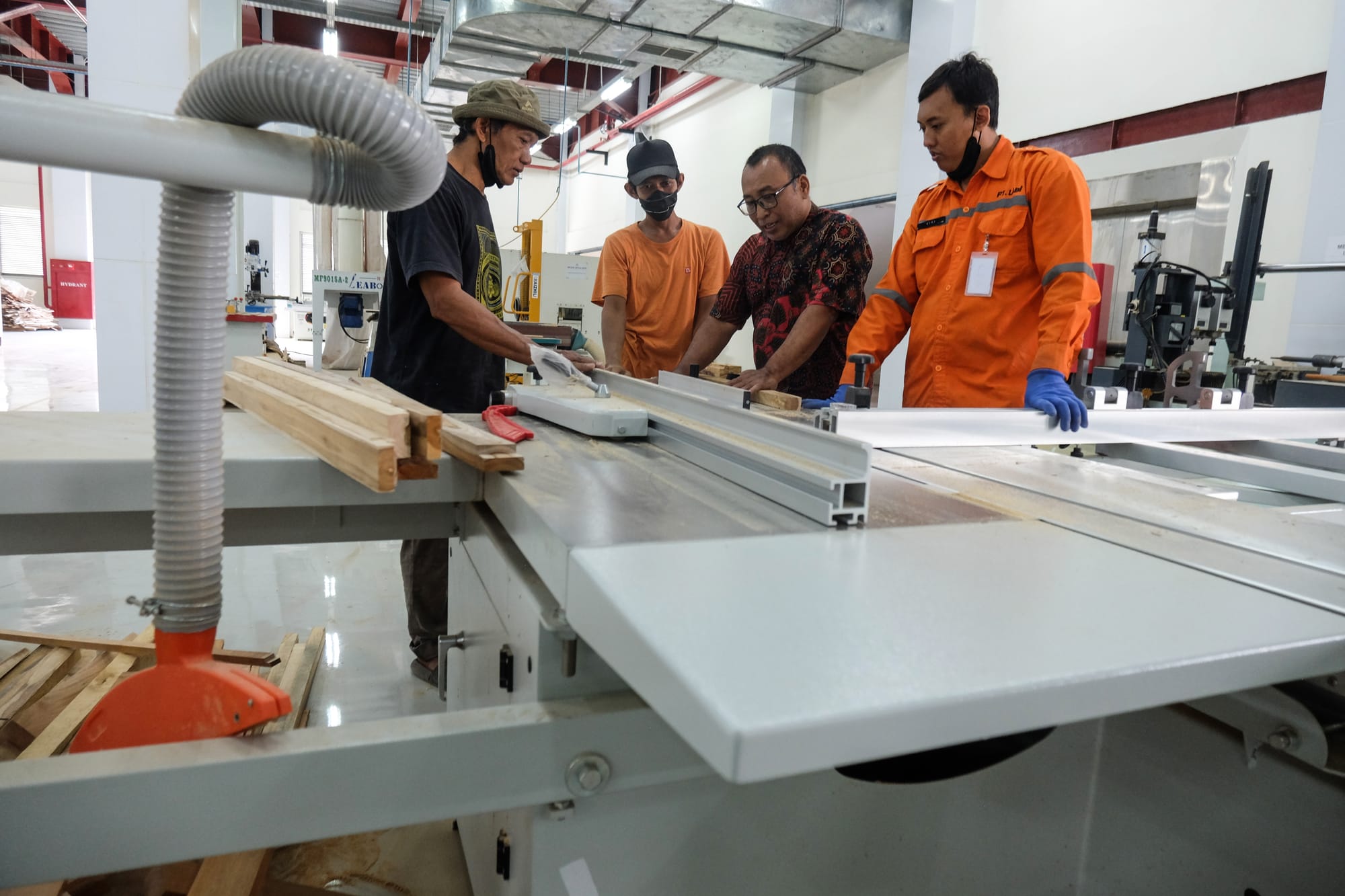
With interest subsidies and investment credit facilities, KIPK is considered to have the potential to accelerate the revitalization of production machinery. HIMKI projects that the impact will not only increase efficiency, but also create new jobs amidst labor challenges. According to Sobur, this is important to maintain the competitiveness of the national industry amid increasingly fierce global competition.
However, the association also highlighted a number of challenges in implementation. Some micro businesses and SMEs, especially in the regions, are considered administratively unprepared because they do not yet have NIB, NPWP, or registration in SIINas.
In addition, the realization of KIPK to date has only reached around Rp 744 billion with 347 prospective recipients from 12 channeling banks. It is still far from the ceiling target of IDR 20 trillion set by the government.
Sobur cited the experience in Bali. In this tourism destination, the government opened up opportunities to improve the scheme to be more inclusive for small-scale SMEs. HIMKI hopes that part of the KIPK allocation can be focused on the furniture and craft subsectors, which are known to be labor-intensive and locally based.
"If directed appropriately, the domino effect for the regional economy will be felt," said Sobur.
HIMKI also encourages the expansion of cooperation with channeling banks and local governments to make access to financing easier and faster. Simplification of procedures and documents is considered important to accelerate the distribution of funds to the small business level. That way, the benefits of KIPK can be felt more evenly by industry players in various regions.
Meanwhile, hotelier Hariyadi Sukamdani assessed that incentives for the business world - especially the labor-intensive sector - need to lead to real sector business continuity. "If only Income Tax 21 DTP, the impact is limited. The important thing is that the real sector can grow, creating jobs. That's where the economy moves," he told SUAR.
He explained that Income Tax 21 DTP is indeed felt in the pockets of workers, but the direct impact on companies is limited. The real stimulus comes from local tax rebates that directly ease business cash flow.
He believes that regional incentives are even more pronounced. "If the hotel or restaurant tax is cut by 50%, it immediately relieves the company's cash flow," he said.
According to him, the central government needs to coordinate with the regions so that the stimulus not only protects workers, but also maintains business continuity.
Hariyadi even mentioned the need for a structural breakthrough. He said, social assistance (bansos) only gives a momentary effect. "Once consumed, it runs out. There is no multiplier effect. But if credit is channeled to the real sector, businesses can grow, absorb labor, and the effect is much wider," he said.
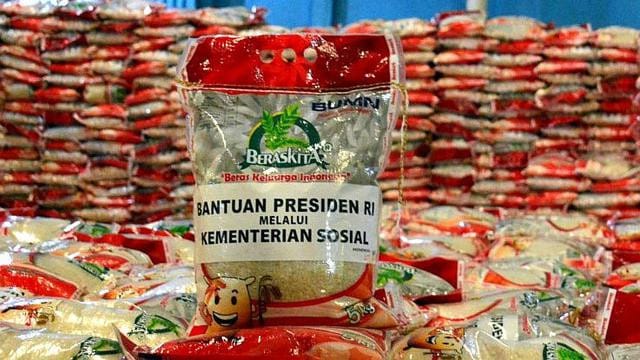
He compared Indonesia to Dubai, which dared to build the supply side, from airports to airlines, to become a global business center. "Indonesia with a population of this size should be more advanced. The problem is, our policies are too cautious, lots of theory, few breakthroughs," he criticized.
Hariyadi also highlighted a policy contradiction: the government encourages credit, but Bank Indonesia tightens interest rates for the sake of stability. "Now getting credit is very difficult. If one side encourages credit, the other side raises interest rates, the result is a dragging economy," he said.
Meanwhile, Chairman of the Industrial Estate Association, Sanny Iskandar, argues that the business world needs consistent, simple, and low-cost policies, especially in the labor-intensive industrial sector. "Improving OSS(online single submission) will be very meaningful for the labor-intensive manufacturing industry, because the sector is most sensitive to time and cost," he said.
Need support to win the competition
Meanwhile, Chairman of the Indonesian Association of Filament Fiber and Yarn Producers (APSyFI) Redma Gita Wirawasta emphasized that the biggest challenge today is competition with imported products, especially from China.
The biggest challenge today is competition with imported products, especially from China.
According to him, the difference in domestic production costs with China is actually only 10%. However, the Chinese government's oversupply, dumping, and export subsidy practices make the difference in product selling prices can reach 40%.
"The incentives we need are incentives that can directly reduce production costs by around 40% to be able to fight imported products," Redma explained.
The implementation of certain natural gas prices (HGBT), he continued, is indeed one of the most relevant forms of incentives because it directly reduces energy costs. However, the impact is still limited. Although the gas price was reduced from US$14 to US$7 per MMBTU, in practice this price only applies to around 60% of industrial needs.
The rest still has to be paid at a price of US$ 16 per MMBTU due to supply constraints. "This HGBT only lowers production costs by around 7%, not enough to make us competitive with Chinese goods," he said.
Redma added, if the government is unable to provide the right incentives, then another option is market protection through fairness competition policies. However, this kind of policy often encounters resistance from bureaucrats who actually benefit from import practices.
"So if the government is serious about stopping layoffs, the choice is clear: incentivize or protect the market," he said.
Meanwhile, Chairman of the Indonesian Toy Association, Sutjiadi Lukas, stated that the toy sector is currently facing a prolonged sluggish market, while the incentives provided by the government are not fully felt.
Some entrepreneurs are actually hesitant to take advantage of it, because they are worried about the tax consequences. "We are given incentives, but later entrepreneurs will be bound, monitored, and eventually have an impact on corporate taxes," Sutjiadi said.


